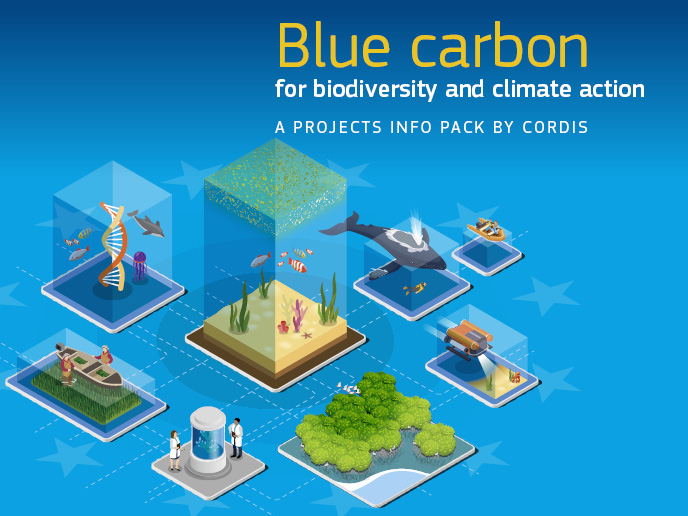Mammal faunas in the Last Interglacial
Armed with this hypothesis, the 'People, prey and predators: Community dynamics in the Last Interglacial' (P3LIG) project collected and created a database of faunal lists and environmental information. The data cover 81 Last Interglacial sites that have been securely dated. Studies revealed that the varied number of herbivores and their species composition across Europe impacted on the structure of the food web. However, limitations in assessing past animal abundances from fossil remains hampered the reconstruction of past food webs. An analysis was carried out of the geographic distribution for each species, and faunal variation was assessed together with site type. Results showed that faunas from different site types did not differ significantly in species richness. Each mammal species was classified and categorised according to certain variables to examine community structure. This offered insights into habitat requirements and niches filled by the mammalian community. Community structure was found to be stable, corroborating other evidence for the climatic homogeneity of Europe during the period in question. Rhinoceroses were chosen for the two objectives of studying dietary variation within herbivore and carnivore guilds, and habitat preferences. These areas of study involved collecting comparative data for the five extant rhinoceros species in three museums in Belgium, Germany and France. Various findings offer new knowledge on particular rhinoceros species, such as differences related primarily to body size. A combination of external climatic processes and internal dynamics of the animal communities helped shape the European Last Interglacial faunas. P3LIG contributed to the body of knowledge regarding the influence of external climatic processes as well as animal communities' in shaping mammalian faunas. The project was able to underline the value of applying ecological concepts and methods to enhance our understanding of patterns and processes in European fossil faunas.







